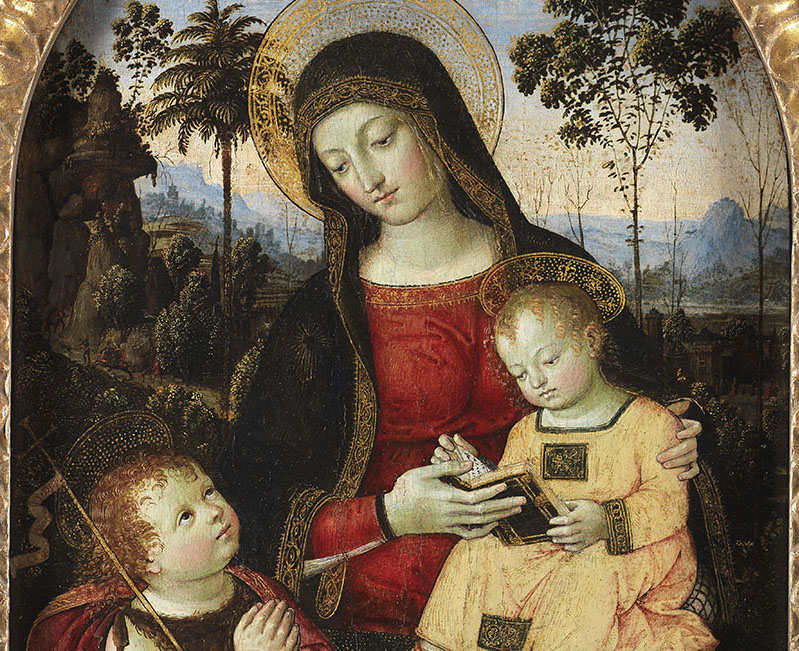The Fitzwilliam Museum hosts a major exhibition of Italian Renaissance religious art
The Renaissance era is most commonly characterised as a period of secularisation and worldliness, but, as a new exhibition at the Fitzwilliam shows, religious beliefs and practices remained deeply embedded in every aspect of day-to-day life. Featuring a remarkable collection of sculptures, jewellery, ceramics, paintings, illustrated books and printed images, Madonnas and Miracles explores the role of religion in the Italian Renaissance home.
Made possible as a result of European funding, the exhibition is the fruit of a four-year project carried out by the University of Cambridge and members of the Department of Italian and the Architecture, History and History of Art faculties. Through extensive research in neglected archives and collections across the peninsula, hundreds of hitherto unseen sources and artefacts have been collated, informing a new perspective on the role of the divine in everyday life during this fascinating period.
The collection, which features some 50 objects from the museum’s own collection as well as hundreds of important works on loan from Europe, includes a broad range of domestic items ‘supercharged with spiritual significance’. Crockery and cutlery, jewellery, rosaries, statuettes, prayer books and crucifixes help to paint a picture of family life, miracles, the role of the saints and religious reform.
The exhibition will have a special focus on the role of the household Madonna and the family’s connection to it. The image of Mary, often displayed on a bedroom wall or above a threshold, served as a focus for domestic worship, providing comfort and security to those who dwelled there and also serving as a role model for motherhood – the latter being beautifully depicted in one of the Fitzwilliam’s own paintings, Pinturicchio’s Virgin and Child with St John, which shows Mary teaching Jesus to read.
Sitting alongside the illuminating collection of everyday items will be masterpieces by venerated artists including Filippo Lippi and Annibale Carracci, while the exhibition will also highlight the multisensory nature of devotion by introducing the use of different media. Visitors will be able to hear the voice of an elderly Italian woman repeating her Ave Marias and Paternosters while they admire rosaries, or hear the musical notation adorning a set of knives brought to life by the choir of St John’s College.
Madonnas and Miracles runs until 4 June.

